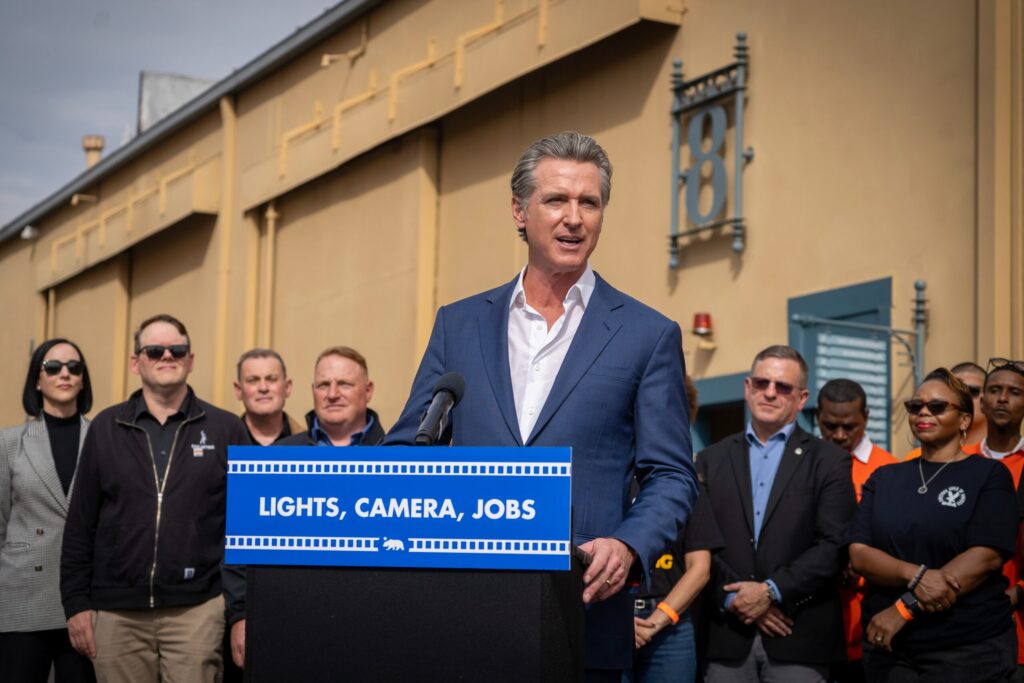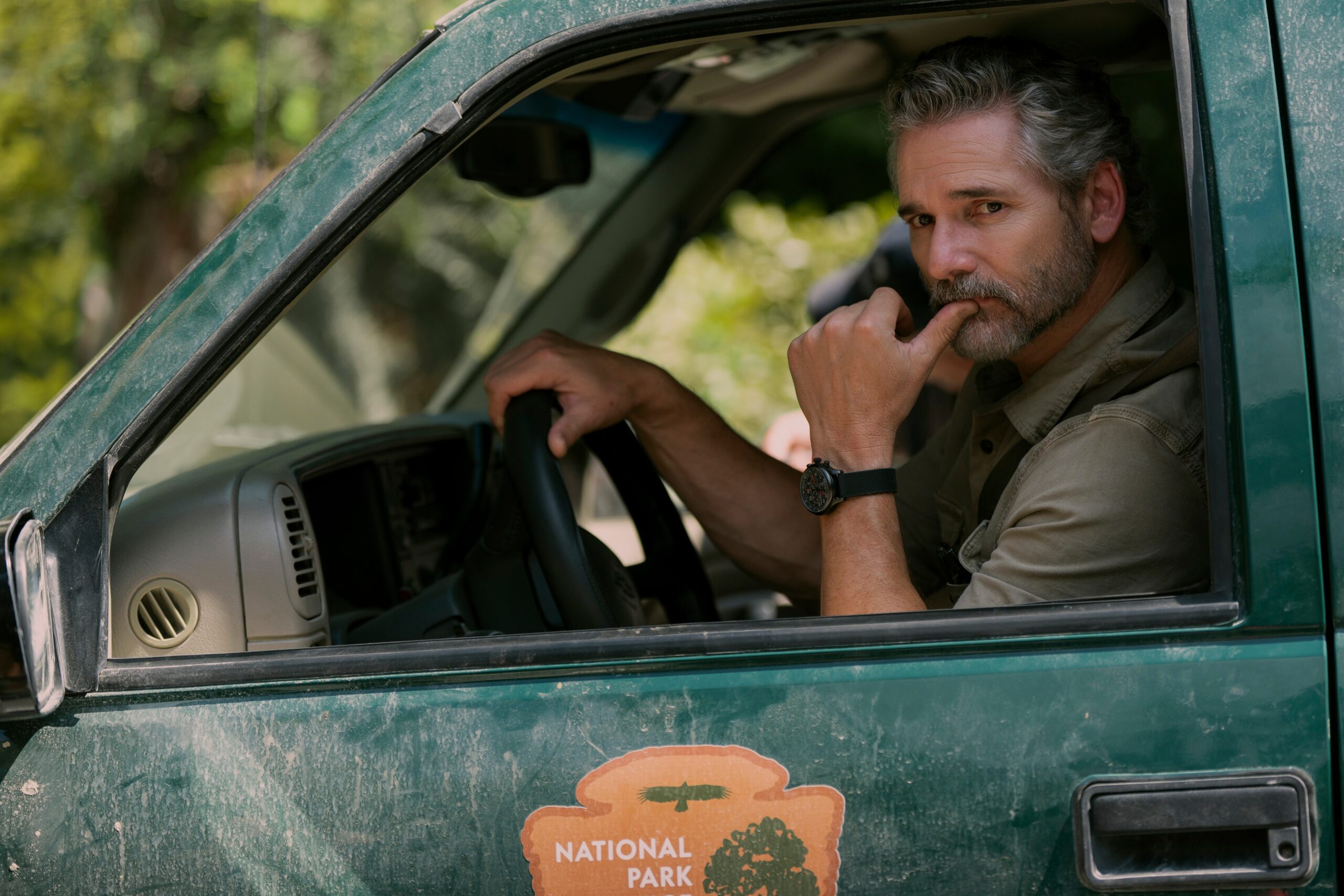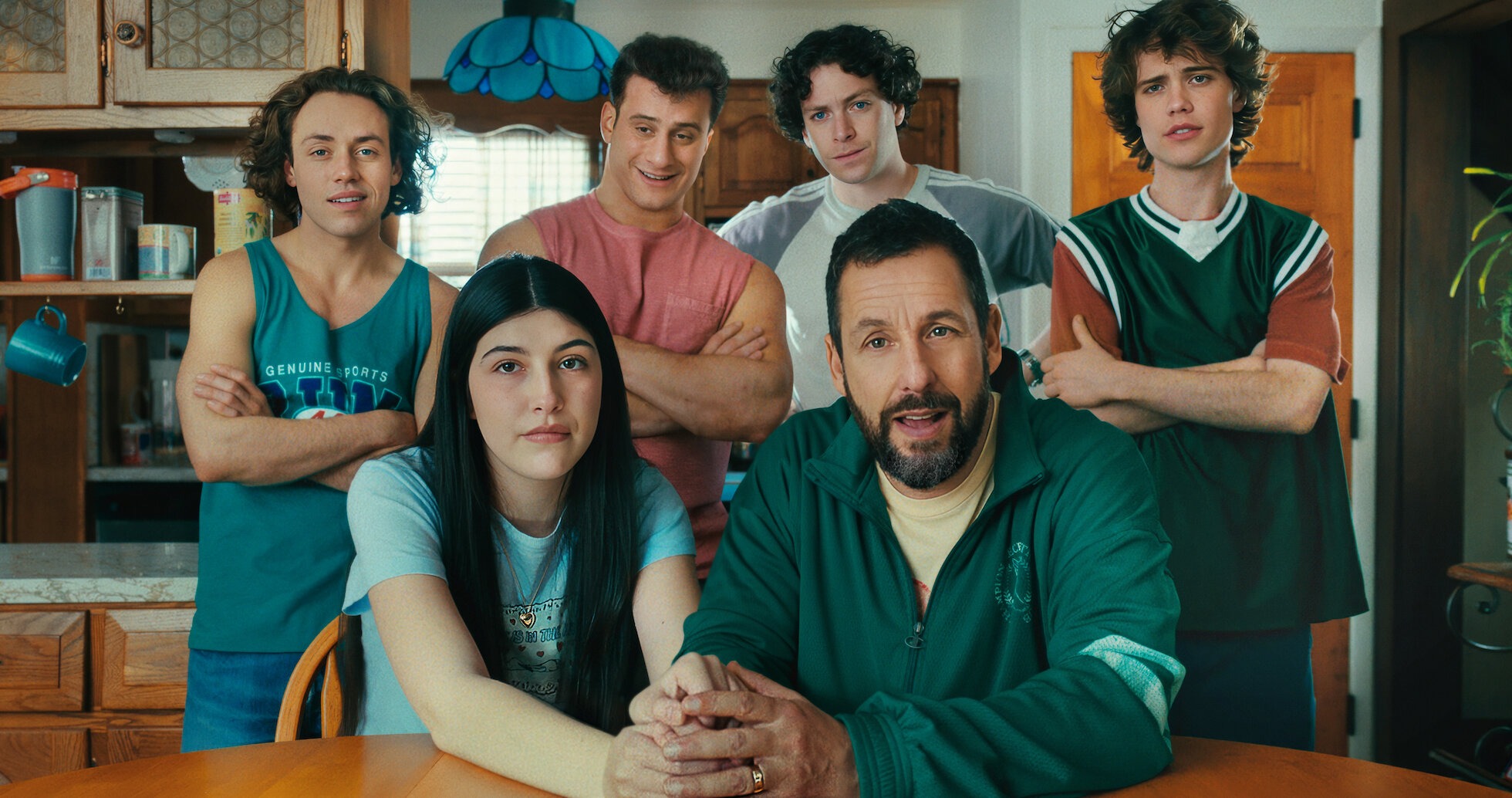Los Angeles may have faced challenging years recently, but a new surge of optimism is in the air for Hollywood jobs as California dramatically expands its film and TV tax credit program.
On July 2, Governor Gavin Newsom signed a bill at The Ranch Lot Studios in Burbank that increases the state’s annual production incentive cap from $330 million to $750 million.

Surrounded by state officials, union leaders, and industry insiders, Newsom described the move as vital to regaining California’s competitive edge against rising production hubs like Georgia, New York, and Texas.
Reinforcing California’s Entertainment Leadership
“The world we invented is now competing against us,” Newsom said during the event, listing competitors from Toronto and Vancouver to the U.K. and Louisiana.
He added, “We put our feet up, we took things for granted,” emphasizing the urgency of reclaiming California’s leadership in entertainment production.

The expanded credits come at a critical time. Since the pandemic, California has seen a significant decline in shoot days, soundstage occupancy, and local jobs.
By raising the cap to $750 million, the state now surpasses rivals like New Jersey ($430 million), New Mexico ($130 million), and Louisiana ($125 million), though it still trails New York ($800 million) and Georgia, which offers unlimited incentives.
Boosting Hollywood Jobs and Stability
Assemblymember Rick Chavez Zbur praised the bill for delivering stability to entertainment workers statewide. “Workers across California are finally getting the stability they deserve,” he noted.
L.A. Mayor Karen Bass echoed this optimism, calling it a “wonderful day for the industry after several very tough years.” She emphasized that productions had increasingly shifted to other states, allowing workers to relocate permanently. “I know production, which is already beginning to return to L.A., is going to flourish,” Bass said.
A Call for Local Action
Mayor Bass also pointed to the need for local reforms to fully capitalize on the new credits. “Sacramento did its job, now it’s time for L.A. city to do our job,” she said. Bass outlined plans to streamline permitting processes, reduce bureaucratic red tape, and make filming locations more accessible. Her executive directives from May already aim to simplify filming permits and open up city sites like Griffith Observatory to more productions.
Real Economic Impact: A Case Study
Actor Noah Wyle shared an example from his experience filming the Max drama The Pitt. Wyle noted that the production ran for about 135 days, employed 350 full-time staff, and hired an additional 1,100 people—averaging 200 new hires daily. The show worked with 1,400 background performers, contributing about $35 million in wages and $20 million in local purchasing.
“This city has been growing talent for decades,” Wyle said. “And that apprenticeship is worth a lot when you’re going to make a film or television show. It shows up in quality.”
Looking Ahead
As the application window for the next round of tax credits opens on July 7, California officials are optimistic that the expanded incentives will restore Hollywood jobs, revitalize the local economy, and keep the state at the heart of the global entertainment industry.
Colleen Bell, executive director of the California Film Commission, summed up the spirit of the day: “California should not only be the birthplace of film and television — but its home, now and into the future.”










